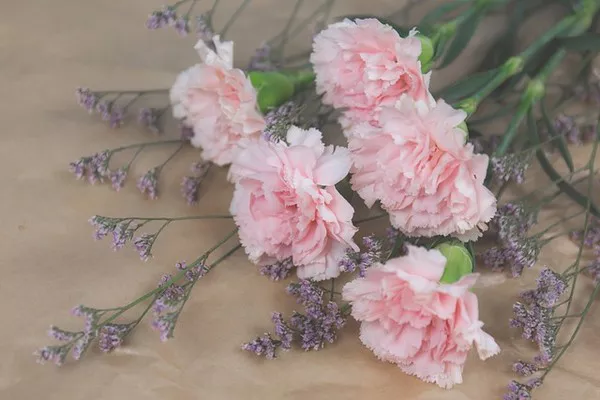Flowers, with their enchanting beauty and timeless appeal, have long been an integral part of various celebrations and events. Among the myriad occasions that prompt the purchase of floral arrangements, certain holidays stand out as prime contributors to the flourishing flower industry. In this article, we delve into the world of floral commerce to unravel which holiday takes the crown as the top-selling occasion for flowers.
Valentine’s Day: A Blossoming Love Affair
Arguably the most iconic and romantic of all holidays, Valentine’s Day consistently ranks as the top-selling occasion for flowers. Celebrated annually on February 14th, this day has become synonymous with the exchange of affectionate gestures, with flowers playing a central role in expressing love and admiration.
The tradition of gifting flowers on Valentine’s Day can be traced back centuries, and it shows no signs of fading. Red roses, in particular, symbolize love and passion, making them the quintessential choice for couples during this amorous celebration. Florists witness a surge in demand as individuals seek to convey their feelings through carefully crafted bouquets and arrangements.
Mother’s Day: Honoring Maternal Bonds
Another significant contender in the floral market is Mother’s Day, celebrated in various countries around the world. Observed on different dates, typically in spring, this holiday is dedicated to honoring and expressing gratitude to mothers and maternal figures.
The tradition of gifting flowers on Mother’s Day has deep historical roots, symbolizing appreciation and love. Florists witness a spike in sales as customers look for the perfect blooms to convey their heartfelt sentiments. Popular choices include vibrant spring flowers like tulips, lilies, and daisies, reflecting the blossoming beauty associated with motherhood.
Christmas: Decking the Halls with Blooms
While Christmas might not be the first holiday that comes to mind when thinking about flower sales, it has emerged as a formidable contender in recent years. The festive season, characterized by joyous celebrations and ornate decorations, has seen an increase in the demand for floral arrangements.
During Christmas, flowers are used to adorn homes, churches, and event venues, contributing to the overall ambiance of the season. Poinsettias, with their vibrant red and green foliage, are especially popular during this time, symbolizing the spirit of Christmas. The holiday season prompts individuals to share the joy by sending festive flower arrangements as thoughtful gifts.
Easter: Celebrating Renewal and Rebirth
Easter, marking the resurrection of Jesus Christ, is a holiday that signifies renewal and new beginnings. As such, flowers play a crucial role in Easter celebrations, symbolizing the beauty of spring and the hope associated with this religious occasion.
Lilies, in particular, are a prevalent choice during Easter, representing purity and the resurrection. Floral arrangements featuring pastel-colored blooms complement the festive atmosphere, making Easter a significant contributor to flower sales. Churches, homes, and event spaces are adorned with flowers, creating a visually stunning backdrop for the celebrations.
Weddings: A Blooming Union
While not a traditional holiday, weddings are a noteworthy contributor to the flower industry. Couples around the world invest significantly in floral arrangements to enhance the beauty of their special day. The wedding season, typically in spring and summer, witnesses a surge in demand for flowers as brides and grooms strive to create a picturesque setting for their union.
Roses, peonies, and hydrangeas are popular choices for wedding bouquets and decorations. The importance of flowers in weddings is evident in the meticulous planning and attention to detail that goes into selecting the perfect blooms to complement the theme and color scheme of the event.
see also What Is February Birth Flower
Conclusion
In the world of floral commerce, certain holidays stand out as top contenders for driving sales. Valentine’s Day, with its romantic allure, consistently takes the lead, closely followed by Mother’s Day, Christmas, and Easter. Each of these holidays brings a unique significance, and the demand for flowers during these occasions reflects the timeless tradition of using blooms to convey emotions and celebrate special moments.
While holidays play a pivotal role in the floral industry, weddings, although not traditional holidays, contribute significantly to flower sales. The universal appeal of flowers as expressions of love, gratitude, and celebration ensures that the demand for floral arrangements remains steadfast throughout the year. As we continue to cherish and commemorate life’s milestones, flowers will undoubtedly maintain their status as cherished symbols of beauty and sentiment.


